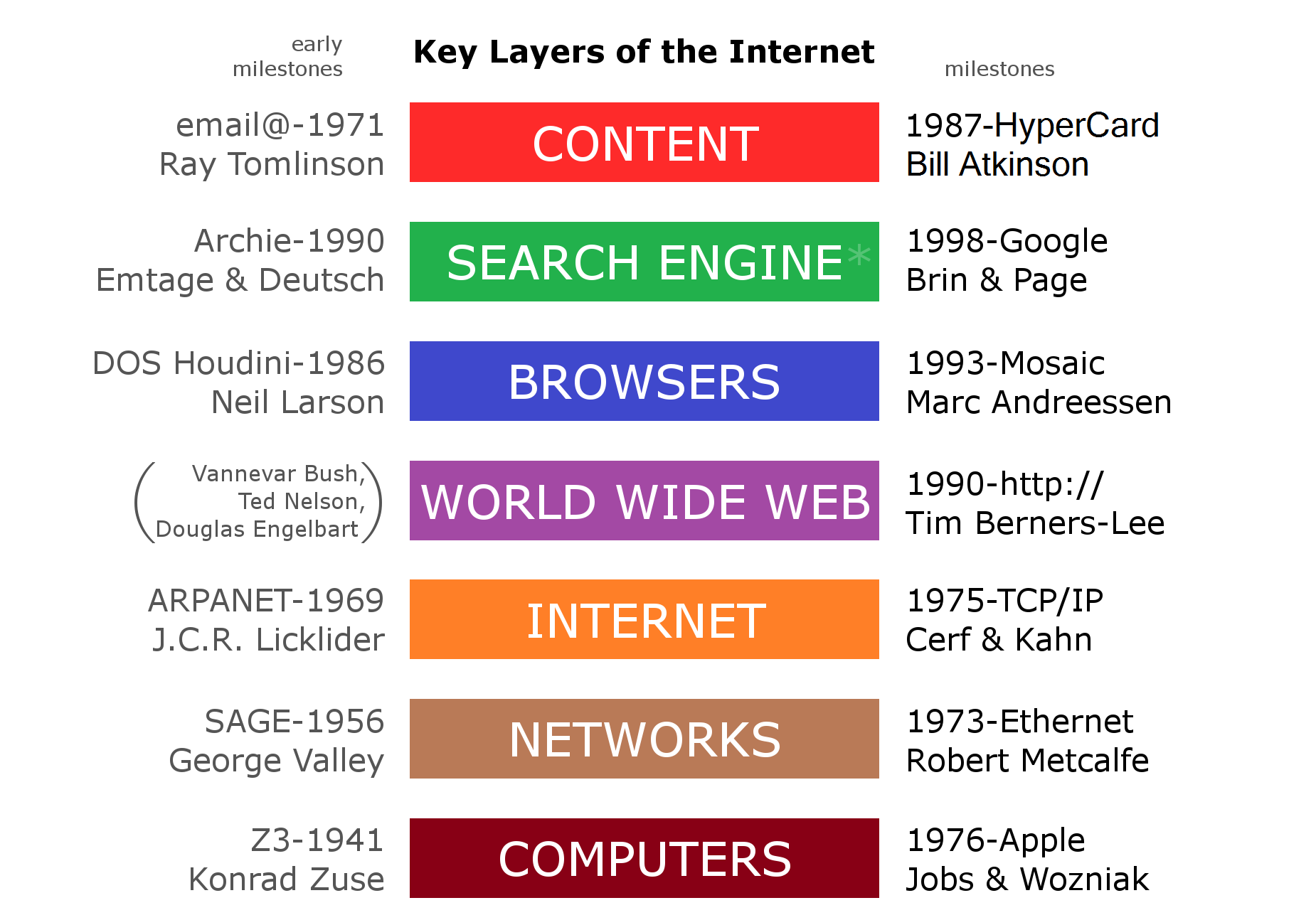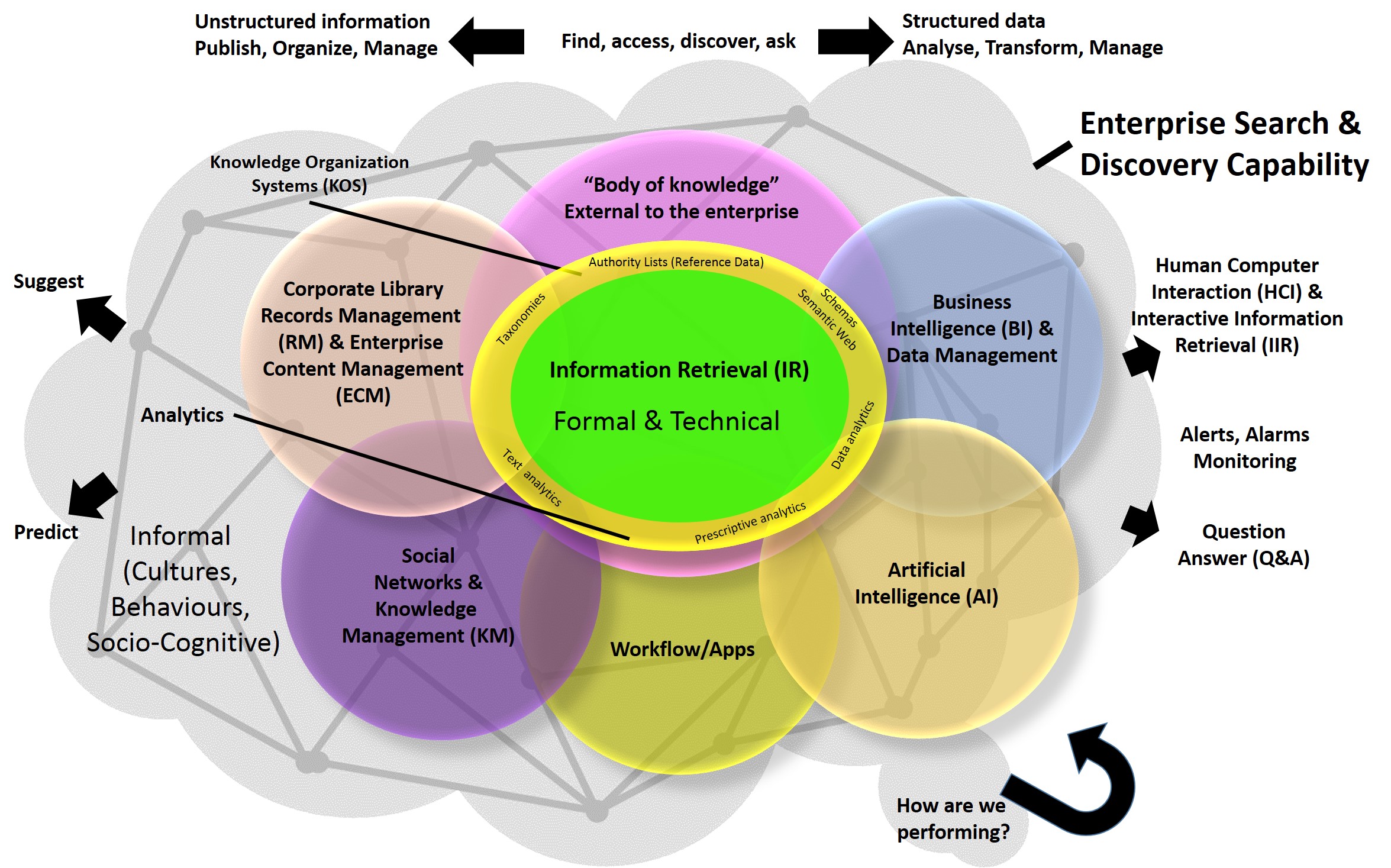|
Marketing Collateral
In marketing and sales, marketing collateral is a collection of media used to support the sales of a product or service. Historically, the term "collateral" specifically referred to brochures or sell sheets developed as sales support tools. These sales aids are intended to make the sales effort easier and more effective. The brand of the company usually presents itself by way of its collateral to enhance its brand through a consistent message and other media, and must use a balance of information, promotional content, and entertainment. Overview Common examples include: * Sales brochures and other printed product information * Visual aids used in sales presentations * Web content * Sales scripts * Demonstration scripts * Product data sheets * Product white papers * Promotional pictures See also * Enterprise content management * Content creation Content creation is the contribution of information to any Content (media), media and most especially to digital content, digital ... [...More Info...] [...Related Items...] OR: [Wikipedia] [Google] [Baidu] |
Marketing
Marketing is the process of exploring, creating, and delivering value to meet the needs of a target market in terms of goods and services; potentially including selection of a target audience; selection of certain attributes or themes to emphasize in advertising; operation of advertising campaigns; attendance at trade shows and public events; design of products and packaging attractive to buyers; defining the terms of sale, such as price, discounts, warranty, and return policy; product placement in media or with people believed to influence the buying habits of others; agreements with retailers, wholesale distributors, or resellers; and attempts to create awareness of, loyalty to, and positive feelings about a brand. Marketing is typically done by the seller, typically a retailer or manufacturer. Sometimes tasks are contracted to a dedicated marketing firm or advertising agency. More rarely, a trade association or government agency (such as the Agricultural Marketing Servic ... [...More Info...] [...Related Items...] OR: [Wikipedia] [Google] [Baidu] |
Sales
Sales are activities related to selling or the number of goods sold in a given targeted time period. The delivery of a service for a cost is also considered a sale. The seller, or the provider of the goods or services, completes a sale in response to an acquisition, appropriation, requisition, or a direct interaction with the ''buyer'' at the point of sale. There is a passing of title (property or ownership) of the item, and the settlement of a price, in which agreement is reached on a price for which transfer of ownership of the item will occur. The ''seller'', not the purchaser, typically executes the sale and it may be completed prior to the obligation of payment. In the case of indirect interaction, a person who sells goods or service on behalf of the owner is known as a salesman or saleswoman or salesperson, but this often refers to someone selling goods in a store/shop, in which case other terms are also common, including '' salesclerk'', ''shop assistant'', and ''r ... [...More Info...] [...Related Items...] OR: [Wikipedia] [Google] [Baidu] |
Media (communication)
In mass communication, media are the communication outlets or tools used to store and deliver information or data. The term refers to components of the mass media communications industry, such as print media, publishing, the news media, photography, Movie theater, cinema, broadcasting (radio and television), digital media, and advertising. The development of early writing and paper enabling longer-distance communication systems such as mail, including in the Achaemenid Empire, Persian Empire (Chapar Khaneh and Angarium) and Roman Empire, can be interpreted as early forms of media. Writers such as Howard Rheingold have framed early forms of human communication, such as the Lascaux, Lascaux cave paintings and early writing, as early forms of media. Another framing of the history of media starts with the Chauvet Cave paintings and continues with other ways to carry human communication beyond the short range of voice: smoke signals, Trail blazing, trail markers, and sculpture. The Te ... [...More Info...] [...Related Items...] OR: [Wikipedia] [Google] [Baidu] |
Product (business)
In marketing, a product is an object, or system, or service made available for consumer use as of the consumer demand; it is anything that can be offered to a market to satisfy the desire or need of a customer. In retailing, products are often referred to as '' merchandise'', and in manufacturing, products are bought as raw materials and then sold as finished goods. A service is also regarded as a type of product. In project management, products are the formal definition of the project deliverables that make up or contribute to delivering the objectives of the project. A related concept is that of a sub-product, a secondary but useful result of a production process. Dangerous products, particularly physical ones, that cause injuries to consumers or bystanders may be subject to product liability. Product classification A product can be classified as tangible or intangible. A tangible product is an actual physical object that can be perceived by touch such as a building, ve ... [...More Info...] [...Related Items...] OR: [Wikipedia] [Google] [Baidu] |
Service (economics)
A service is an "(intangible) act or use for which a consumer, firm, or government is willing to pay." Examples include work done by barbers, doctors, lawyers, mechanics, banks, insurance companies, and so on. Public services are those that society (nation state, fiscal union or region) as a whole pays for. Using resources, skill, ingenuity, and experience, service providers benefit service consumers. Services may be defined as intangible acts or performances whereby the service provider provides value to the customer. Key characteristics Services have three key characteristics: Intangibility Services are by definition intangible. They are not manufactured, transported or stocked. One cannot store services for future use. They are produced and consumed simultaneously. Perishability Services are perishable in two regards: * Service-relevant resources, processes, and systems are assigned for service delivery during a specific period in time. If the service consumer does not ... [...More Info...] [...Related Items...] OR: [Wikipedia] [Google] [Baidu] |
Brochure
A brochure is originally an Information, informative paper document (often also used for advertising) that can be folded into a template, pamphlet, or Folded leaflet, leaflet. A brochure can also be a set of related unfolded papers put into a pocket folder or packet or can be in digital format. Brochures are promotional documents, primarily used to introduce a company, organization, Product (business), products or Service (economics), services and inform prospective customers or members of the public of the benefits. A brochure is a corporate marketing instrument used to promote a product or service offering. It is a tool that is used to circulate information about the product or service. A brochure is like a magazine but with pictures of the product or the service which the brand is promoting. Depending on various aspects, there are different types of brochures, namely – Gate Fold Brochure, Fold Brochure, Trifold Brochure, and Z-Fold Brochure. Brochures are distributed in man ... [...More Info...] [...Related Items...] OR: [Wikipedia] [Google] [Baidu] |
Web Content
Web content is the wikt:text, text, visual system, visual or audio signal, audio Content (media), content that is made available online and user encountered as part of the online usage and user experience, experience on websites. It may include text, Image, images, sounds and Digital audio, audio, online videos, among other items placed within web pages. In the book ''Information Architecture for the World Wide Web'', Lou Rosenfeld and Peter Morville wrote, "We define content broadly as 'the stuff in your website.' Web content may include webpage Electronic document, document pages, information, software data and applications, e-services, images, audio signal, audio and video files, personal Web pages, archived e-mail messages stored on email servers, and more. And we include future web content as well as present web content roadmap." Content management Because websites are often complex, a term "content management" appeared in the late 1990s identifying a method or in some case ... [...More Info...] [...Related Items...] OR: [Wikipedia] [Google] [Baidu] |
Product Data Sheet
A datasheet, data sheet, or spec sheet is a document that summarizes the performance and other characteristics of a product, machine, component (e.g., an electronic component), material, subsystem (e.g., a power supply), or software in sufficient detail that allows a buyer to understand what the product is and a design engineer to understand the role of the component in the overall system. Typically, a datasheet is created by the manufacturer and begins with an introductory page describing the rest of the document, followed by listings of specific characteristics, with further information on the connectivity of the devices. In cases where there is relevant source code to include, it is usually attached near the end of the document or separated into another file. Datasheets are created, stored, and distributed via product information management or product data management systems. Depending on the specific purpose, a datasheet may offer an average value, a typical value, a typical ... [...More Info...] [...Related Items...] OR: [Wikipedia] [Google] [Baidu] |
White Paper
A white paper is a report or guide that informs readers concisely about a complex issue and presents the issuing body's philosophy on the matter. It is meant to help readers understand an issue, solve a problem, or make a decision. A white paper is the first document researchers should read to better understand a core concept or idea. The term originated in the 1920s to mean a type of position paper or industry report published by some department of the UK government. Since the 1990s, this type of document has proliferated in business. Today, a business-to-business (B2B) white paper is closer to a marketing presentation, a form of content meant to persuade customers and partners and promote a certain product or viewpoint. That makes B2B white papers a type of grey literature. In government The term ''white paper'' originated with the British government and many point to the Churchill White Paper of 1922 as the earliest well-known example under this name. Gertrude Bell, the ... [...More Info...] [...Related Items...] OR: [Wikipedia] [Google] [Baidu] |
Enterprise Content Management
Enterprise content management (ECM) extends the concept of content management by adding a timeline for each content item and, possibly, enforcing processes for its creation, approval and distribution. Systems using ECM generally provide a secure repository for managed items, analog or digital. They also include one (or more) methods for importing content to bring manage new items, and several presentation methods to make items available for use. Although ECM content may be protected by digital rights management (DRM), it is not required. ECM is distinguished from general content management by its cognizance of the processes and procedures of the enterprise for which it is created. Definitions * Late 2005: The technology was used to capture, manage, store, preserve, and deliver content and documents related to organizational processes * Early 2006: ECM tools and strategies allowed the management of an organization's unstructured information, wherever that information exists. * Ear ... [...More Info...] [...Related Items...] OR: [Wikipedia] [Google] [Baidu] |
Content Creation
Content creation is the contribution of information to any Content (media), media and most especially to digital content, digital media for an end-user/audience in specific contexts. Content is "something that is to be expressed through some Media (communication), medium, as speech, writing or any of various arts" for self-expression, distribution, marketing and/or publication. Typical forms of content creation include maintaining and updating Website, web sites, blogging, Article (publishing), article writing, photography, videography, online Commentary (philology), commentary, the maintenance of social media accounts, and editing and distribution of digital media. A Pew survey described content creation as the creation of "the material, people contribute to the online world." Content creators News organizations News organizations, especially the biggest and more international, such as ''The New York Times,'' NPR, and CNN and others, consistently create some of the most shared ... [...More Info...] [...Related Items...] OR: [Wikipedia] [Google] [Baidu] |






